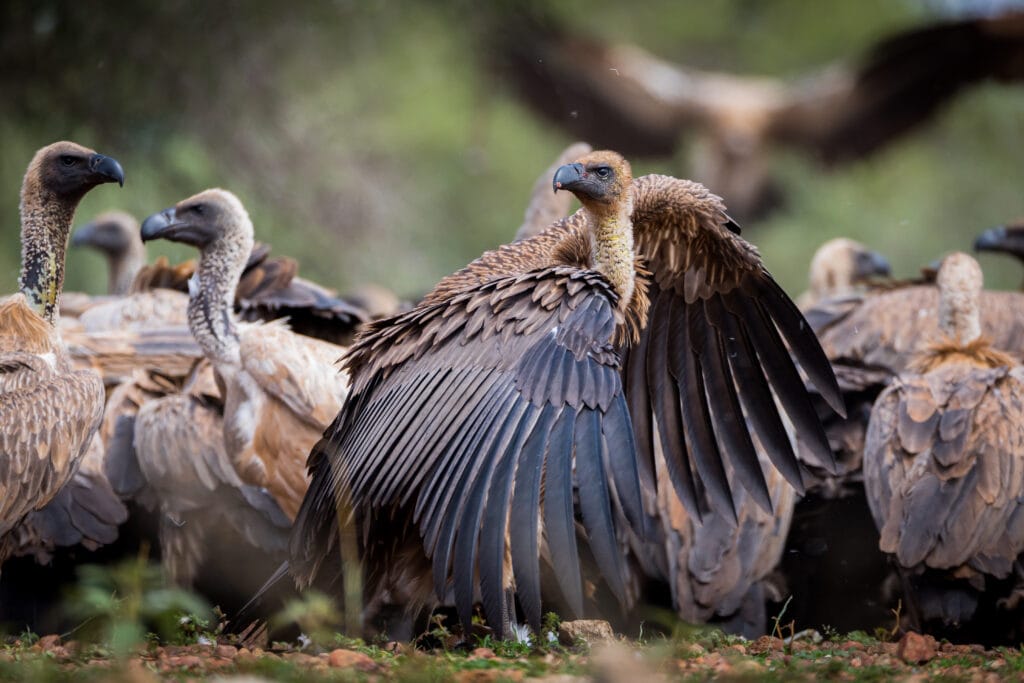Zambia’s Kafue National Park is both the oldest and the largest national park in Zambia. Established in 1920, the park has long been home to big cats, namely lions and leopards, as well as a huge diversity of Zambian wildlife. Due to the wealth of wildlife in Kafue National Park, as well as the booming safari industry which has formed around it, the wildlife of the park is subject to various protections and monitoring. As a result, its big cat populations have been recovering from their previous decline.
Related Article: Awareness and Outreach on World Parrot Day
African wildlife is under constant threat from poaching. In the case of Kafue National Park’s Big Cats, poaching is a threat to both the cats and the prey that they rely on for food. Big cats are also threatened by poisonings.
Lions are known to prey upon the livestock of local farmers. This is a natural consequence of sharing a habitat with a large predator. It is a major source of tension for Zambian farmers, some of whom have taken extreme measures to enact vengeance upon the lions. These measures include baiting the cats with the corpses of cattle which have been laced with poison.
Poisoned cattle kills threatened big cat populations, but it also effects other members of the food chain. Often, groups of vultures are adversely affected. Vultures gather around corpses in large numbers, with as many as 100 birds feeding upon a single carcass. This means that one poisoned cow can result in the deaths of 100 White-backed Vultures, a species which is critically endangered.
Conservationists have embraced the vulture’s role in this practice as a means of thwarting it. By attaching satellite trackers to a number of White-backed Vultures, anti-poaching task forces are able to see and locate poisoned cattle. The animals in the area can be checked and treated for poisoning and the perpetrators can be located as well. According to an exclusive report by Reuters, this practice has already led to the disposal of two poisoned carcasses, safeguarding potential hundreds of vultures.
Conservation efforts often follow the “two steps forward one step back” model. As new poaching methods emerge, creative and novel solutions must be put in place in order to protect the delicate wildlife which hangs in the balance. In this instance, using the behavior of the animals in question to predict and thwart poaching attempts has led to a safer environment for bird and big cat alike. The situation for these animals remains precarious, but solutions like this are vital for the continuing recovery of threatened species around the world.
Popular Article: Warming Climate May Be Causing Migratory Birds to Produce Fewer Offspring

